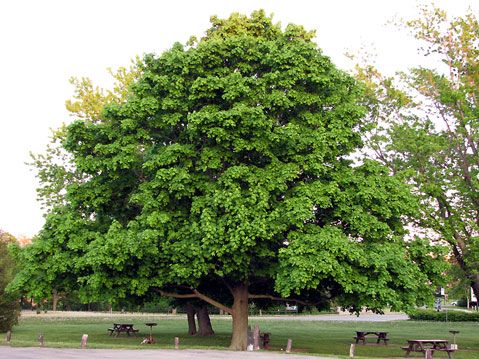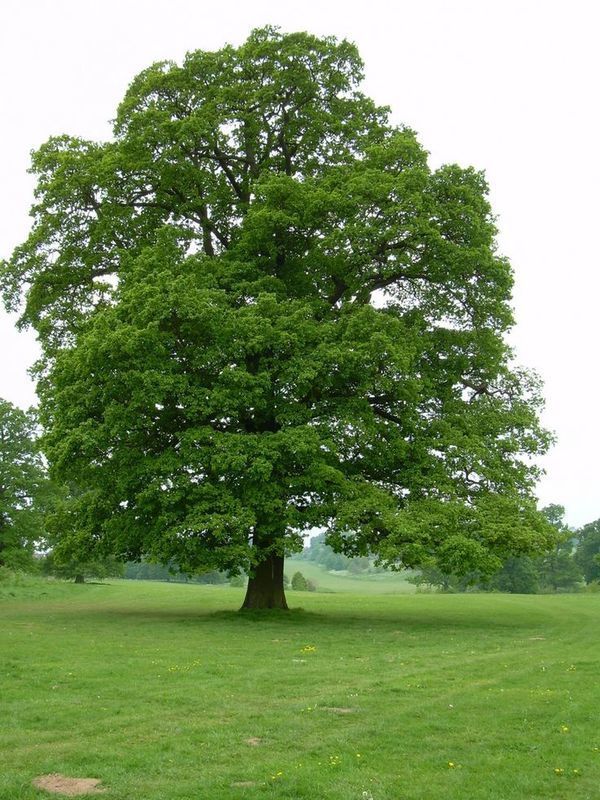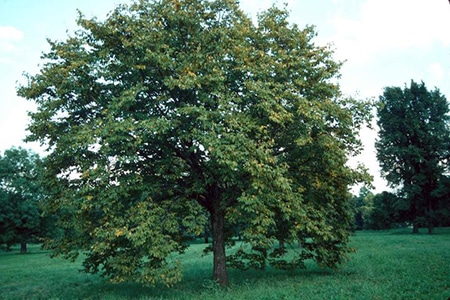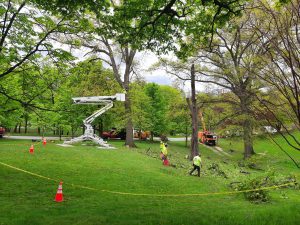Florida, known for its lush landscapes and unique ecosystems, has a plethora of deciduous trees that provide vibrant colours and seasonal beauty to its surrounds. Despite the popular belief that evergreens rule in this subtropical paradise, various deciduous species survive, providing a stunning spectacle of changing foliage throughout the year. In this guide, we’ll look at Florida’s deciduous trees, including their traits, benefits, and commonly asked questions, to help you better understand and appreciate these botanical marvels.
Discovering Florida’s Deciduous Diversity
Florida’s deciduous trees provide a diverse range of species, each adding to the state’s biological diversity and aesthetic appeal. Among the most noteworthy are:

Red Maple (Acer rubrum): Known for its fiery fall foliage, the Red Maple is a typical icon of autumn splendor in Florida. Its vivid red, orange, and yellow leaves form a stunning landscape that captivates both inhabitants and visitors.
Southern Magnolia (Magnolia grandiflora): Known for its classic evergreen leaves and fragrant blossoms, the Southern Magnolia also has deciduous tendencies in some parts of Florida. Witnessing the dropping of its glossy, dark green leaves provides an unusual viewpoint on this renowned native tree.
Sweetgum (Liquidambar styraciflua): Known for its star-shaped leaves that change from green to red, orange, and purple, the Sweetgum provides a kaleidoscope touch to Florida’s autumn scenery. Its unusual spiky fruits, nicknamed as “gumballs,” add to its attraction.
River birch (Betula nigra): The River Birch thrives in Florida’s wetland settings, charming with its peeling bark, graceful form, and golden-yellow foliage in the fall. Its tolerance to damp soils makes it an important tool in landscaping and conservation projects.
Crape Myrtle (Lagerstroemia species): While the Crape Myrtle is most known for its spectacular summer blooms, it also impresses Florida with its deciduous nature, shedding leaves in the cooler months to reveal intricate branch structures and convey understated elegance.
Benefits and Ecological Significance
In addition to their aesthetic appeal, deciduous trees in Florida provide other benefits. This includes:

Seasonal Beauty: The changing foliage of deciduous trees adds visual appeal and variation to Florida’s landscapes, improving the aesthetic experience for both inhabitants and tourists.
Animals Habitat: Deciduous trees provide critical habitat and food sources for a variety of animals, including birds, mammals, and insects, so promoting biodiversity and environmental balance.
Soil Stabilization: Deciduous trees’ large root systems assist reduce soil erosion, especially in areas prone to excessive rainfall or flooding, hence improving soil health and stability.
Carbon Sequestration: Deciduous trees help to mitigate climate change by absorbing carbon dioxide from the atmosphere and storing it in their biomass.
Shade and Energy Savings: Strategically placed deciduous trees can provide shade during the hot summer months, lowering building cooling costs and improving people’ outdoor comfort levels.
Do deciduous trees lose their leaves in Florida’s mild climate?
Yes, deciduous trees shed their leaves in Florida’s mild environment. While Florida is known for its subtropical weather, many deciduous tree species in the state exhibit the typical seasonal leaf dropping in response to variations in lighting and temperature. However, the time and severity of leaf loss might vary based on the species, local environmental circumstances, and microclimates within the state. Some deciduous trees in Florida may keep their leaves for a longer time or shed them gradually rather than all at once. Nonetheless, leaf loss in deciduous trees is a natural part of their life cycle, adding to the seasonal beauty and ecological dynamics of Florida’s various landscapes.
How can I care for deciduous trees during the dormant season?
Caring for deciduous trees during the dormant season is critical to promoting their health and vigour. Here are some key practices to consider.
Pruning: Remove dead, diseased, or damaged branches to improve tree health and structural integrity. Avoid severe trimming since it may promote new growth that is sensitive to frost damage.
Mulching: Spread a layer of organic mulch around the tree’s base, extending to the dripline. Mulch aids in moisture retention, weed suppression, and soil temperature regulation throughout the changeable winter weather.
Watering: Although deciduous trees remain dormant, they still require occasional watering, especially during dry spells. Water deeply and infrequently to ensure that moisture reaches the tree’s roots.
Insect and Disease Inspection: During the dormant season, assess trees for evidence of insect infestations or illnesses. Early detection enables timely intervention and treatment, if necessary.
Implementing these methods will guarantee that deciduous trees remain healthy and resilient during the dormant season, allowing them to blossom when spring arrives.
Related Posts:
FAQS
Will deciduous trees lose their leaves in Florida’s warm climate?
Yes, many deciduous trees in Florida drop their leaves in reaction to changes in lighting and temperature, albeit the process is less dramatic than in colder areas. The time and extent of leaf shedding might vary based on the species and the surrounding environment.
Can deciduous trees flourish in Florida’s subtropical climate?
Absolutely! While Florida is known for its palm trees and evergreen vegetation, some deciduous tree species have thrived in the state’s environment. Deciduous trees can thrive in Florida’s subtropical climate if they are planted with native or well-adapted species and given proper care.
Do deciduous trees need extra care during Florida’s mild winters?
Deciduous trees in Florida require less upkeep throughout the winter months since they go into hibernation. However, it is still critical to monitor soil moisture levels and provide extra watering as needed, particularly during dry spells. Furthermore, modest pruning and mulching might help to protect trees and promote their growth.
Conclusion
Exploring Florida’s deciduous trees provides invaluable information for tree service workers in Houston Heights and beyond. Arborists may improve their knowledge and provide better care for their clients’ landscapes by studying their distinct qualities, benefits, and maintenance requirements. Whether we’re admiring the seasonal beauty of Red Maples or incorporating Sweetgums into urban forestry projects, Florida’s deciduous riches motivate us to improve our tree care and management. Let us continue to cherish and conserve the splendour of deciduous trees, enhancing our communities and landscapes for future generations.




